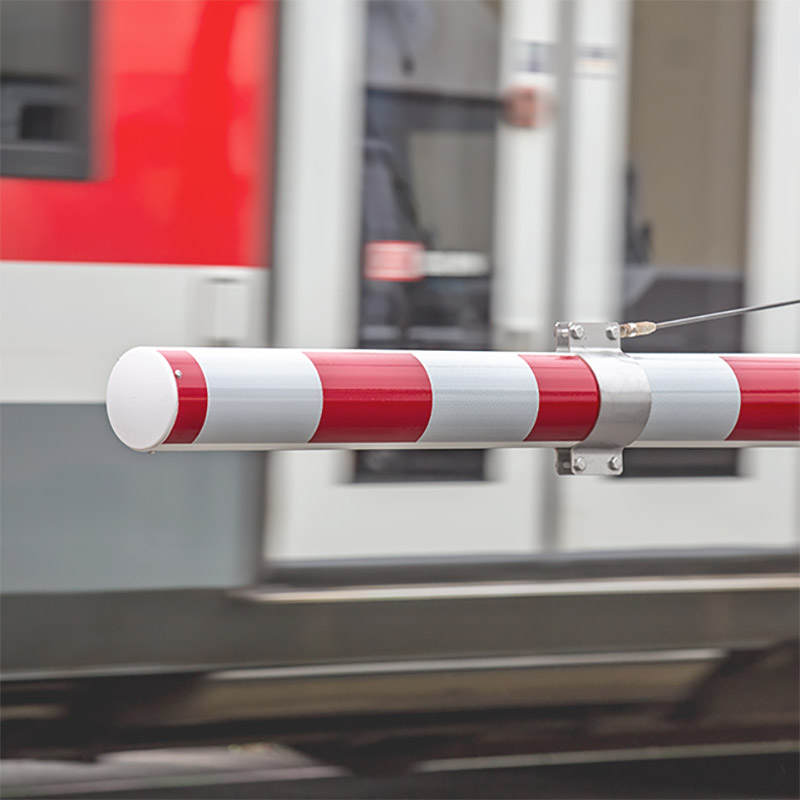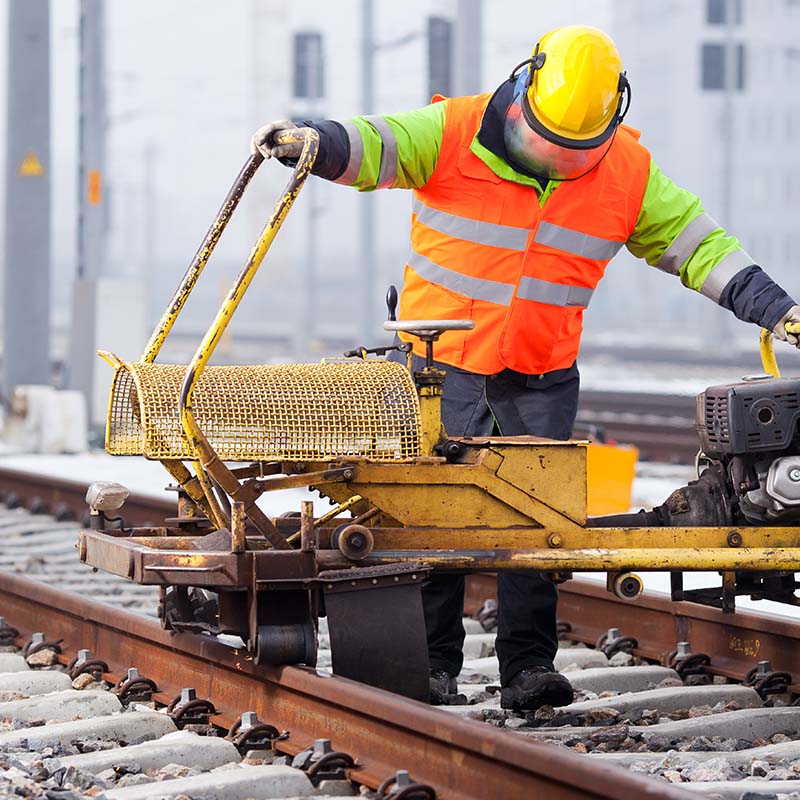hong-kong
Copy of presentation delivered Tuesday 24 October 2017, Hong Kong
Copy of presentation delivered Tuesday 24 October 2017, Hong Kong
Railway accidents due to human error continue to increase, and developing technologies that reduce the risk of human errors made by drivers is a global issue. Korea Railroad Research Institute has developed a virtual engineering-based railroad driver cab ergonomics verification simulator for international standards. The simulator’s capability has been expanded to jointly train and evaluate integrated Non-Technical Skills (NTS) of drivers, controllers and signallers, such as information exchange and communication in accident/abnormal/emergency situations, to improve railroad staffs’ safety duty capabilities. This paper describes the results of the simulator and our findings.
Copy of presentation delivered Tuesday 24 October 2017, Hong Kong
In the nuclear industry, thirty years of extensive international cooperation have led to the establishment of the nuclear safety culture concept. By describing the main steps of the development of this concept, the purpose of this paper is to share several lessons learned. Three areas for improvement are proposed: firstly, further work is needed to reach a common understanding of organisational culture and safety culture; secondly, international cooperation is to be fostered to devise appropriate assessment methodologies in order to evaluate and enhance safety culture and finally, the role of national safety authorities should be clearly stated and further described
Copy of presentation delivered Wednesday 5 October 2016, Paris
Copy of presentation delivered Monday 23 October 2017, Hong Kong
Copy of presentation delivered Monday 23 October 2017, Hong Kong
Copy of presentation delivered Monday 23 October 2017, Hong Kong
A major component of the risk management policy of RATP is to identify, control and monitor the evolution of events that may be signs of severe incidents or accidents in the transport networks. For nearly ten years, using a statistical analysis model, the studies of the danger precursors of the RATP transport networks contribute to the periodical control and monitoring of events related to the safety. These studies generate recommendations which are systematically analysed within the transport networks’ safety committees. The purpose of these studies is to define a predictive function in order to forecast the danger precursors’ evolutions.
Copy of presentation delivered Wednesday 5 October 2016, Paris


